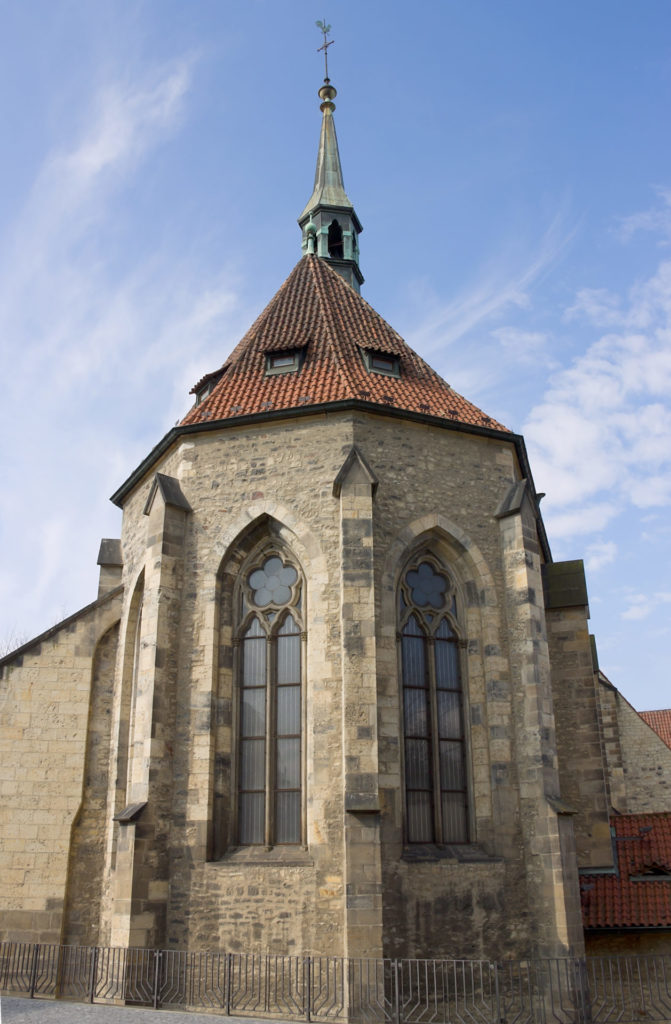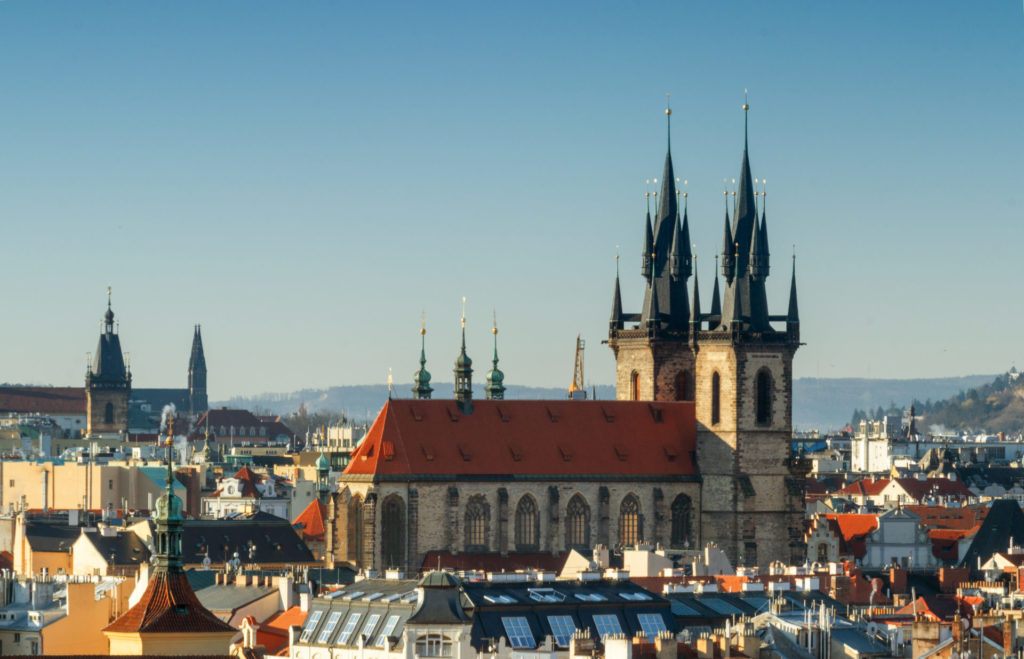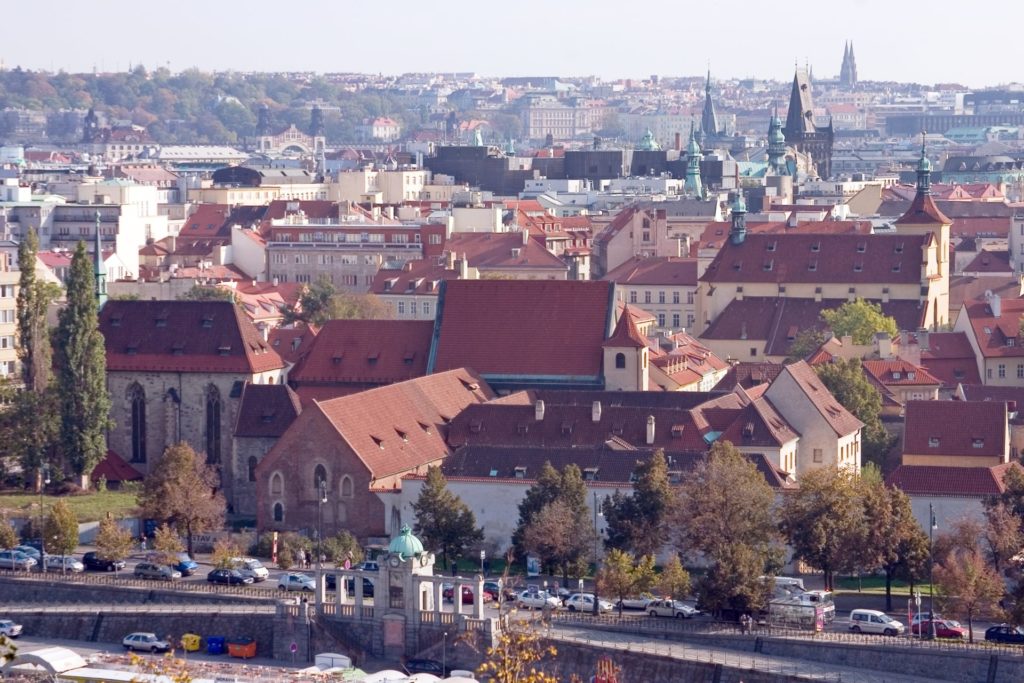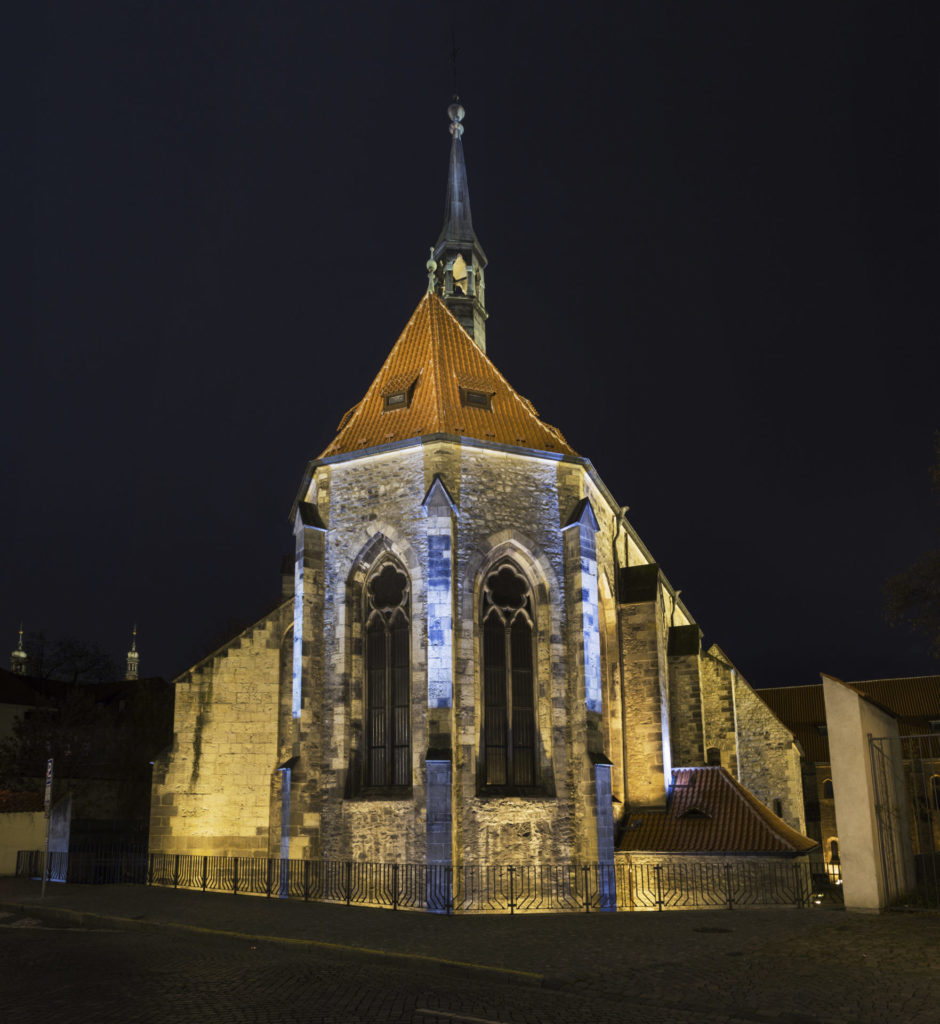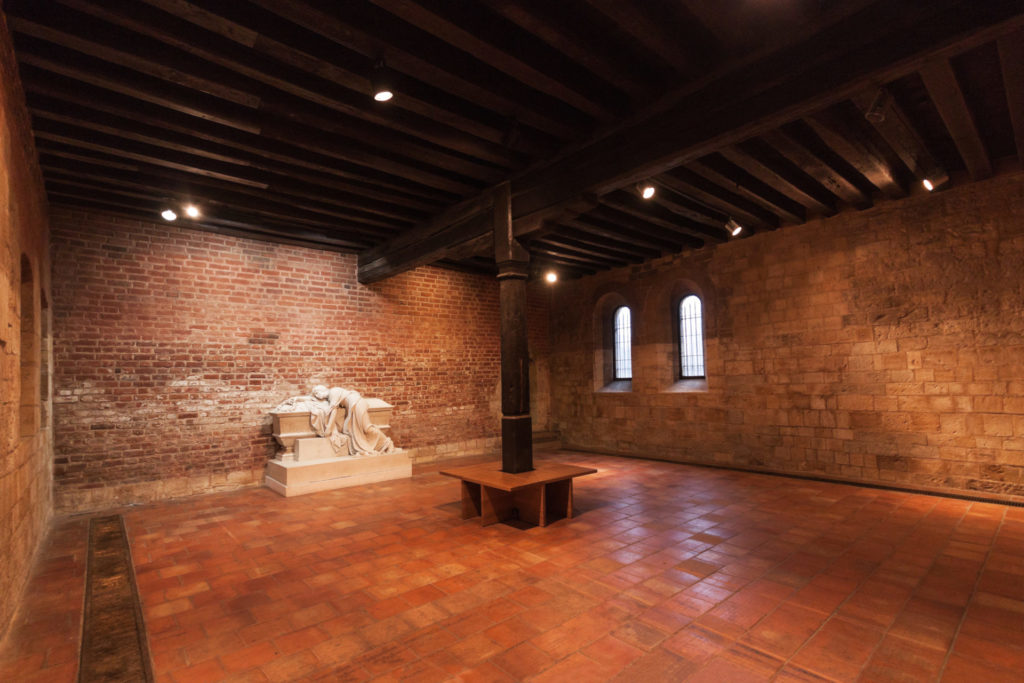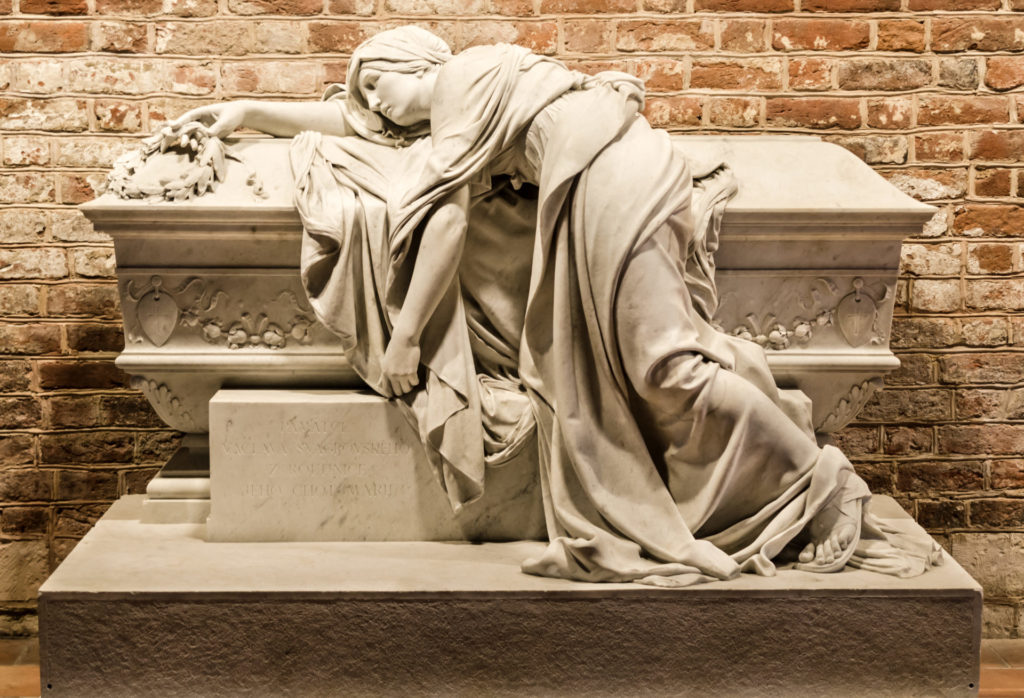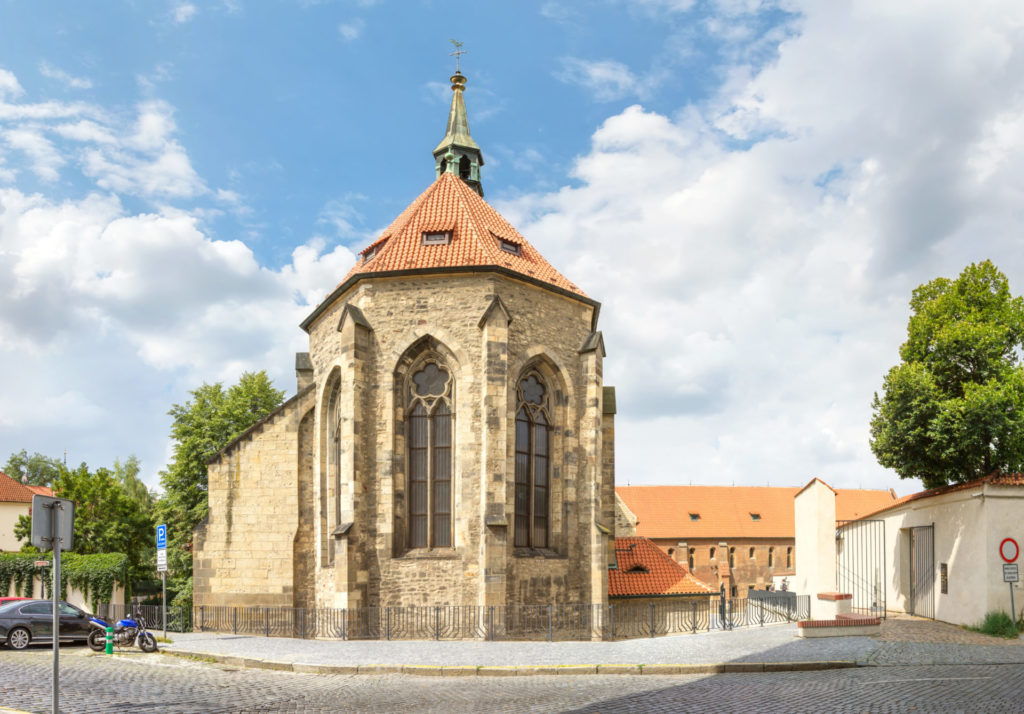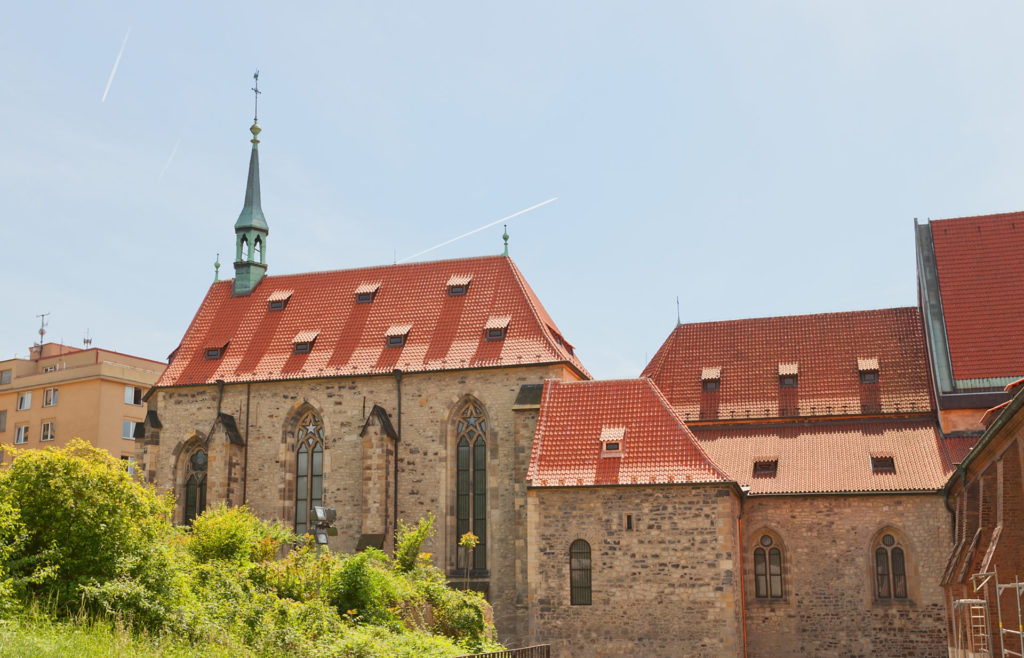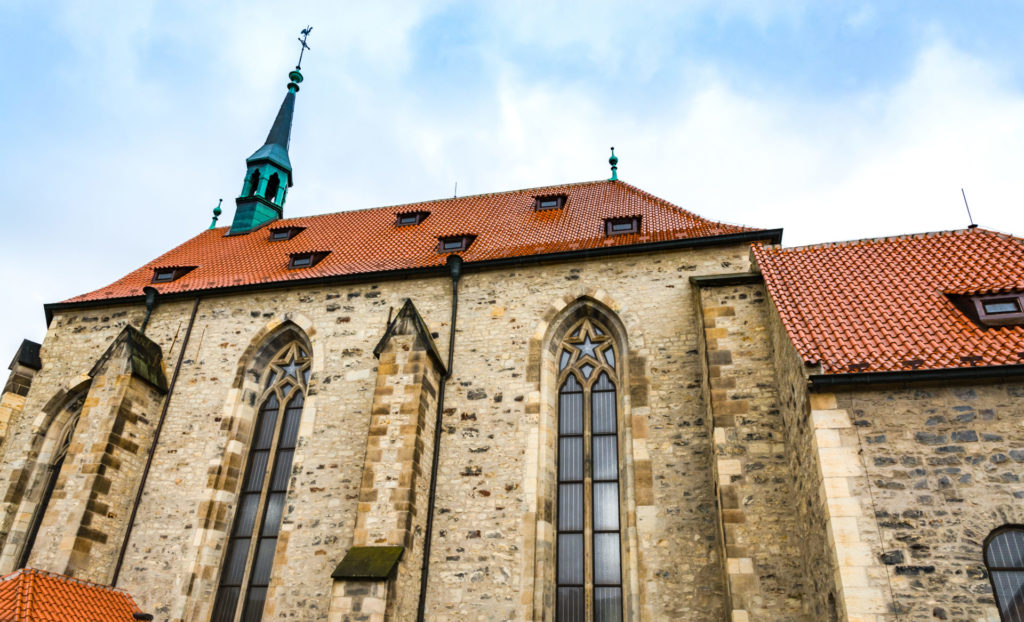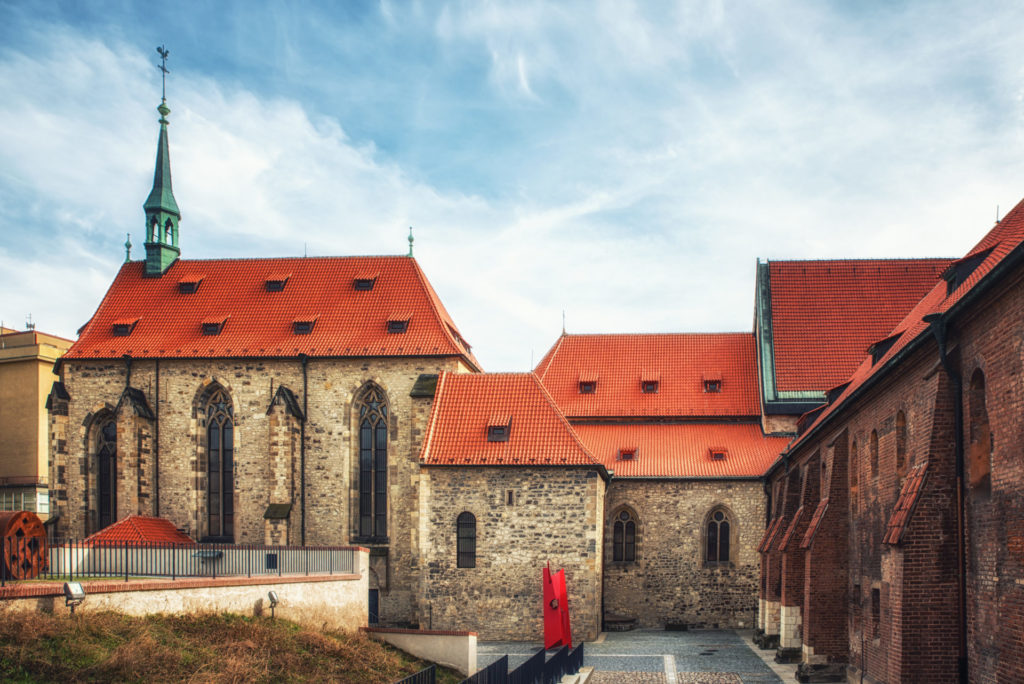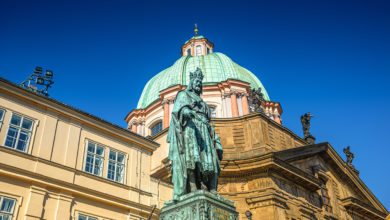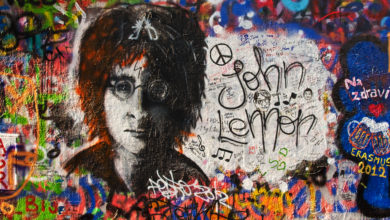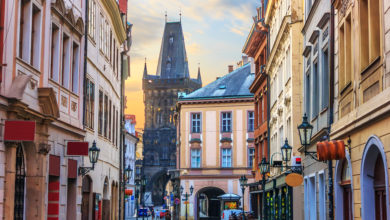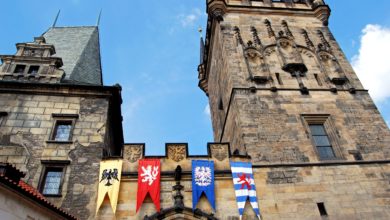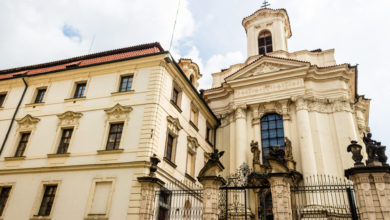Convent of St. Agnes
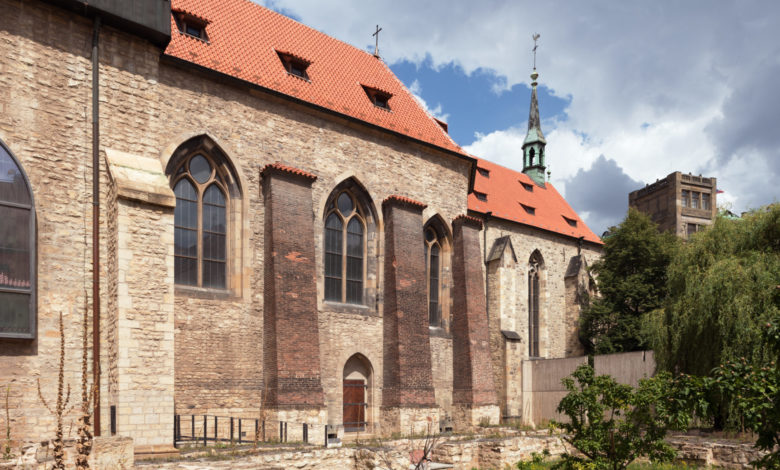
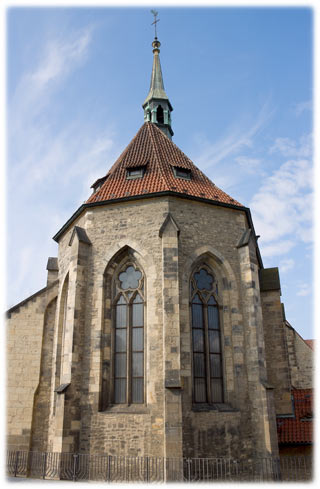
The whole of the complex was extremely busy and very important until the Hussite Wars of the 1400s, which understandably interrupted the use of the convent. It was then used by a number of different religious groups until 1782 until Joseph II secularized it. After this, the two churches fell into disrepair after years of neglect and being used as storehouses. This is no longer the case, though, as they have been excellently restored, with the cloisters even being rebuilt. What’s more, the tombs of Václav and other Přemyslid rulers have been located. In 1986, the Church of St. Francis was redesigned to become a place for concerts and other performances, while the majority of the rest of the complex now forms a large art gallery.
It used to be the case that the medieval collection of art owned by the National Gallery was found in the Convent of St. George, which is within Prague Castle. After a reshuffle, though, this collection was moved to the Convent of St. Agnes, where it remains. There are precious few other museums in Central Europe that can boast such a large and important collection of medieval art as the one found here. It contains such things as panel paintings, numerous carved Madonnas, winged altarpieces and numerous other paintings. Many of the work artists are unknown, so they are referred to as the Master of the town they worked in.
The Collections
The first room you come to in this museum contains several different carved Madonnas, which are obviously influenced by French art and date back to the 12th and 13th centuries. There are also a number of other Madonna related artworks, such as a painting by the Master of Vyšší Brod and also a painting from Vyšehrad Church, which dates back to the 1350s. Most intriguingly, there is a herma here as well, which encases the skull of a departed person. In this case, it was used for St. Ludmila, the grandmother of St. Wenceslas.
The second room has nine paintings in it, all by the same artist and all depicting the life of Christ. It is thought that these were begun in the 1350s, although the artistry of them is questionable – they are not the best quality pieces of work in the museum. This could be because the artist got his assistants to complete many of them instead of completing them all himself. You’ll see many different scenes from Christ’s life here, such as Christ on the Mount of Olives and the Nativity.
Moving onto the third room, you’ll find that all of the art here is by one man: Master Theodoric. His most famous works are the 128 paintings that he painted for the Chapel of the Holy Cross at Karlštejn Castle (Hrad Karlštejn) in the 1350s and 1360s. Many people don’t like the style in which he paints, known as “soft style”, but you’ll be able to make up your own mind as you look over 6 of the aforementioned paintings in this room.
The next room in the museum houses a collection of different art pieces, but the most striking is, without doubt, the Crucifixion. It is incredibly graphic and displays the events in a realistic style, and it was once the property of the Emmaus Monastery (Klášter na Slovanech). You can also see some amazing stained-glass windows from Kolín, as well as some carvings of Madonna and Child and a carved Pieta from Lásenice.
When you move into the next room, you will reach one of the high points of the collection of art found here – the panels created by the Master of Třeboň, which are the last remnants of a winged altarpiece created in about 1380. They have emotion and precision engrained into them and are a prime example of an expert at work. One of the most admired pieces is the painting called the “Madonna of Roudnice”. Also, you can see an excellent Crucifixion by the artist.
The next room contains loads of Madonnas and the series of portrait panels known as the “Capuchin Cycle”. There is also a monstrance from about 1400 from Sedlec near Kutná Hora. The room after this contains, amongst other things, the early 15th-century “Roudnice Altarpiece” and a Gothic interpretation of the “Madonna of Český Krumlov”. After looking in this room, you should turn around and head back past the “Capuchin Cycle”, so you can get to the large hall…
The large hall has loads of different pieces of art displayed within it, including six panels by the Master of Rajhrad and a rather grim triptych called the “Reininghaus Altarpiece”. There’s also an Assumption from Deštná, as well as the “St. George Altarpiece” too. You’ll also be able to see work from the Master of Litoměřice – including his triptych of the Holy Trinity – as well as the Austrian work entitled the “Virgin Mary with the Garlands.” Finally, you’ll get to gaze upon the winged “Velhartice Altarpiece”, which flanks either side of a statue of Madonna and Child.
The next rooms in the museum hold another load of medieval treasures, such as the bust of St. Adalbert and wooden carvings by an anonymous artist who is only known by his initials, I.P. You will also see the workshop of Lucas Cranach the Elder and some of his paintings in the next rooms, and this will finish your tour of this interesting and important art gallery in the Jewish Quarter of Prague.

